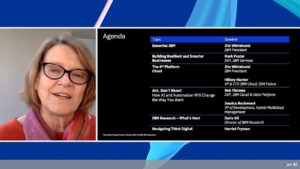
I had an early look at IBM’s virtual Think conference by attending the analyst preview today, although I will need to embargo the announcements until they are officially released at the main event tomorrow. The day kicked off with a welcome from Harriet Fryman, VP of Analyst Relations, followed by a welcome from IBM President Jim Whitehurst before the first presentation from Mark Foster, SVP of Services, on building resilient and smarter businesses. Foster led with the need for innovative and intelligent workflow automation, and a view of end-to-end processes, and how work patterns are changing and will continuing to change as we emerge from the current pandemic crisis.
Whitehurst returned to discuss their offerings in hybrid cloud environments, including both the platforms and the applications that run on those platforms. There’s no doubt that every company right now is laser-focused on the need for cloud environments, with many workforces being distributed to a work-from-home model. IBM offers Cloud Paks, containerized software solutions to get organizations up and running quickly. Red Hat OpenShift is a big part of their strategy for cloud.
Hillery Hunter, CTO and VP of Cloud Infrastructure, followed on with more details on the IBM cloud. She doubled down on their commitment to open source, and to how they have hardened open source cloud tools for enterprise readiness. If enterprises want to be flexible, scalable and resilient, they need to move their core business operations to the public cloud, and IBM hopes to provide the platform for them to do that. This should not just be lift-and-shift from on-premise systems, but this is an opportunity to modernize systems and operations. The impacts of COVID-19 have shown the cracks in many companies’ mission-critical capabilities and infrastructure, and the smart ones will already be finding ways to push towards more modern cloud platforms to allow them to weather business disruptions and gain a competitive edge in the future.
Rob Thomas, SVP of IBM Cloud and Data Platform, gave a presentation on AI and automation, and how they are changing the way that organizations work. By infusing AI into workflows, companies can outperform their competitors by 165% in terms of revenue growth and productivity, plus improve their ability to innovate and manage change. For example, in a very short time, they’ve deployed Watson Assistant to field questions about COVID-19 using information published by the CDC and other sources. Watson Anywhere combines with their Cloud Pak for Data to allow Watson AI to be applied to any of your data sources. He finished with a reminder of the “AI Ladder” which is basically a roadmap for adding operationalized AI.
The final session was with Dario Gil, Director of IBM Research. IBM has been an incredible source of computing research over 75 years, and employs 3,000 researchers in 19 locations. Some of this research is around the systems for high-performance computing, including their support for the open source Linux community. Other research is around AI, having moved from narrow AI to broader multi-domain AI, with more general AI with improved learning and autonomy in the future. They are also investing in quantum computing research, and he discussed this convergence of bits, neurons and qubits for things such as AI-assisted programming and accelerated discovery.
This was all pre-recorded presentations, which is not as compelling as live video, and there was no true discussion platform or even live Q&A; these are the two common complaints that I am having with many of the virtual conferences. I’m expecting that the next two days of the main IBM Think event will be more of the same format. I’ll be tuning in for some of the sessions of the main event, starting with CEO Arvind Krishna tomorrow morning.

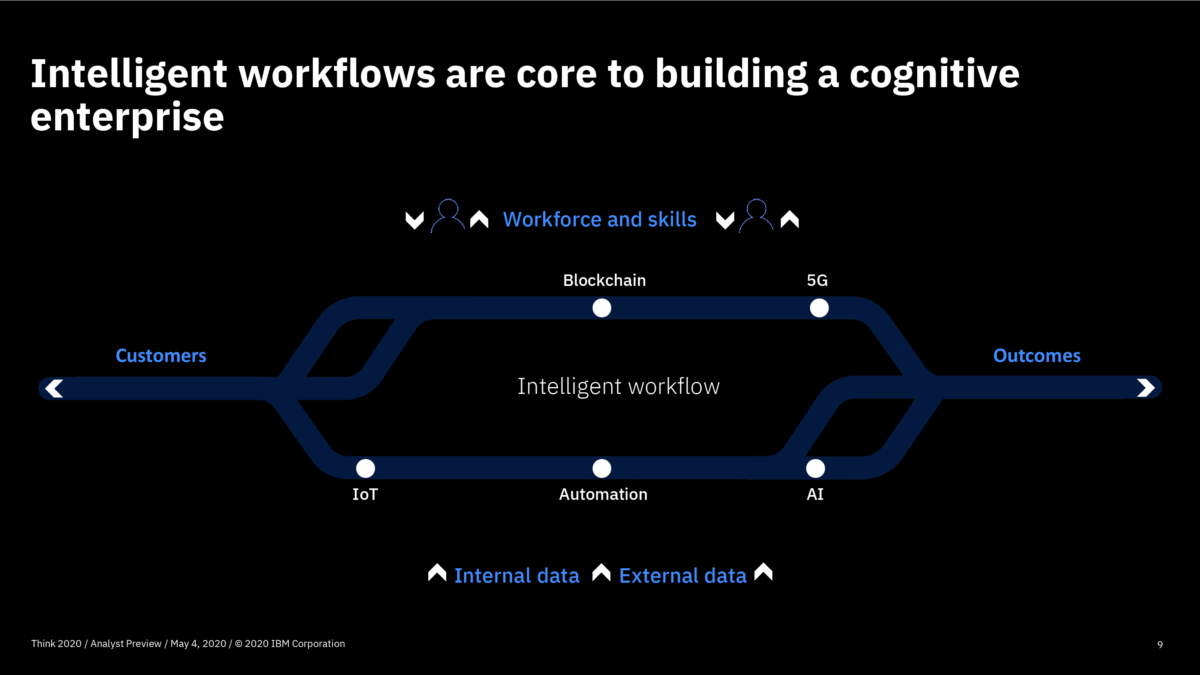
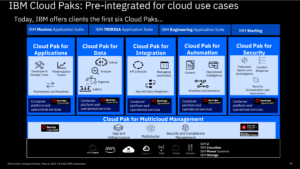
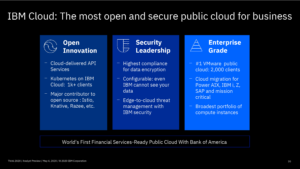

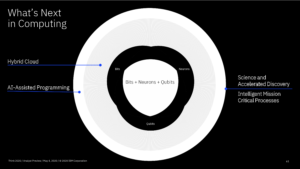
I was in a few inner circle sessions today that were live presentations, but the lack of a good platform to discuss, like slack, still hurt the level of thoughtfulness in Q&A – still, props to a couple audience members who managed to get questions in that were both substantive and interesting. Be interested to see how the main track goes tomorrow.
Good that there were some live sessions, even if they were restricted to the elite such as yourself 😉